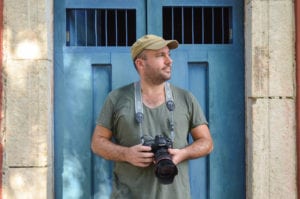
Graeme Green is a British photographer and journalist whose work appears in international publications including the BBC, The Sunday Times, The Guardian, The Sunday Telegraph, Outdoor Photographer and New Internationalist, covering subjects ranging from conservation to human trafficking. He’s also used his photography to raise money for wildlife charities including African Parks, Panthera and Conservation International. Graeme is the founder of the New Big 5 project, an international wildlife conservation initiative supported by +250 photographers, conservationists and charities.